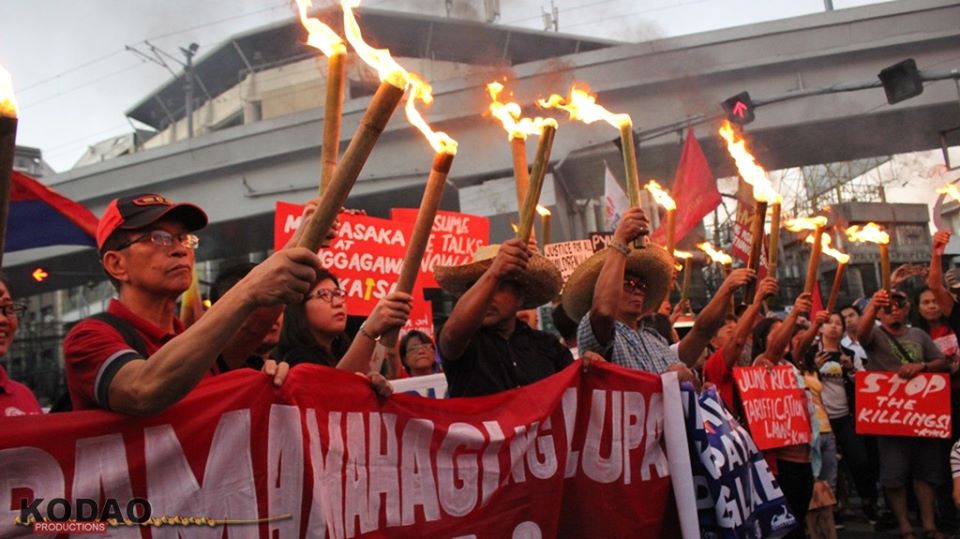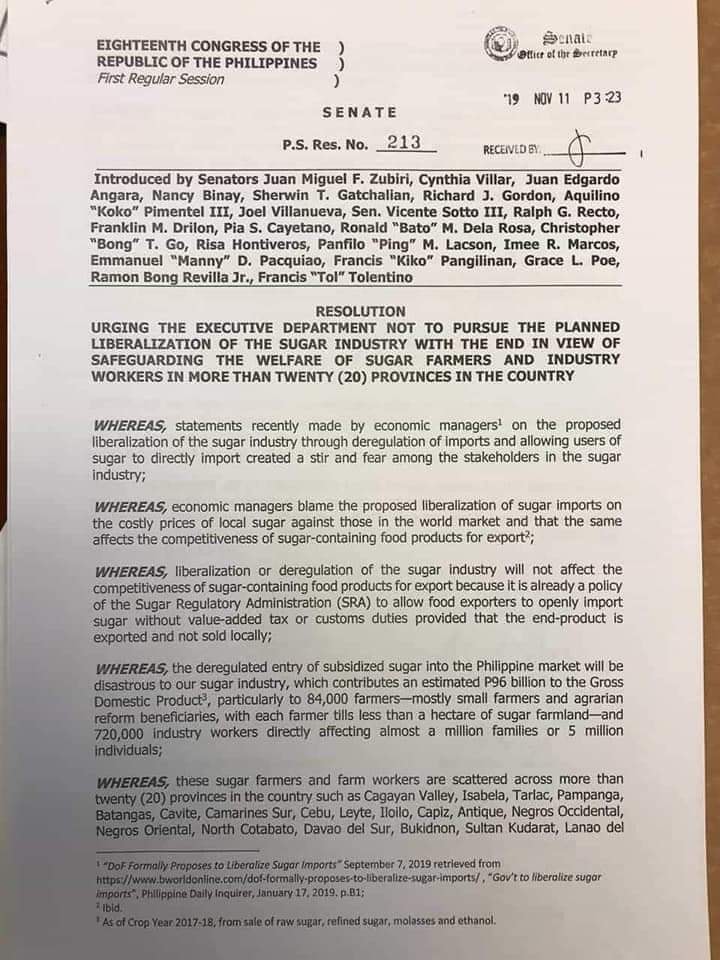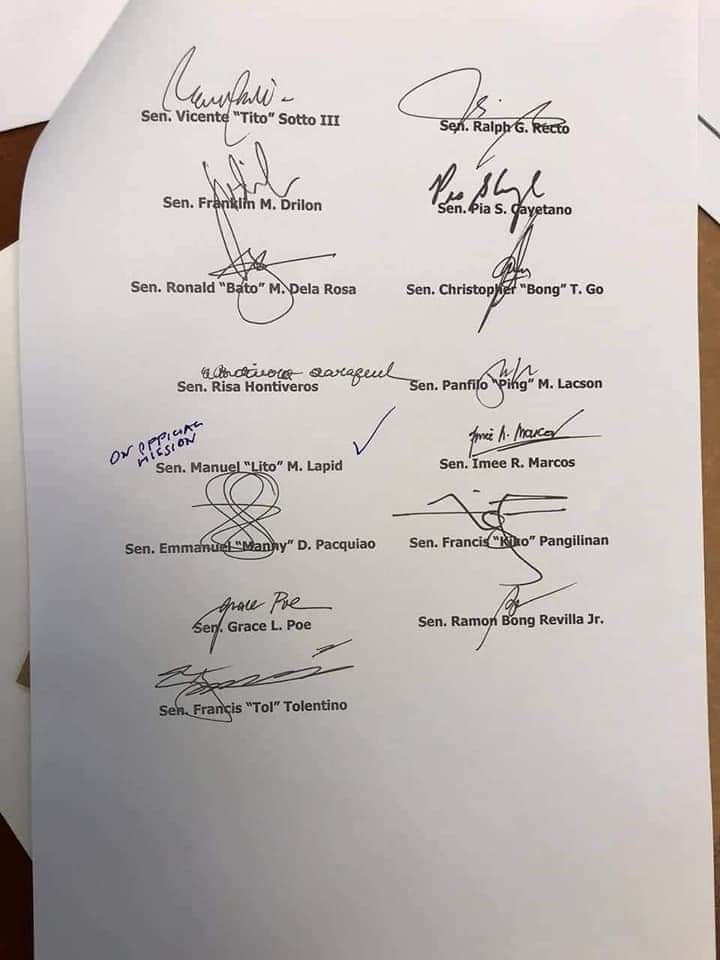Mendiola ng buhay natin
Ni Prop. Rolando Tolentino, PhD
Unang sinulat ng may-akda ang piyesang ito noong Enero 2008. Kahapon, Enero 22, ginunita ang ika-33 anibersaryo ng Mendiola Massacre. Wala pa ring katarungan para sa mga biktima ng krimen.
Malalaki ang bilang na dumadalo ng mga rali noon. Libo-libo, madalas umaabot din ng daan-daang libo. Kasagsagan pa ng People Power I, at kahit pa marami nang nanamlay sa kilusan at bumalik sa gawi ng gitnang uring pagnanasa, mas marami ang nanatili sa hanay.
Nasa kilusang kabataan at estudyante ako noong 1987, kasama ng College Editors Guild of the Philippines. Sa panahong ito, pinapalawak ang pambansang kasapian. Binubuhay ang mga rehiyon at eskwelahang nawalan ng ugnay sa organisasyon. Pinapaigting rin ang ugnay sa iba pang organisasyong pangkabataan at iba pang sektor.
Malaki ang bulto ng nagrali. Ang daming magsasakang nangunguna sa rali, galing sa iba’t ibang lugar ng Luzon. Karamihan, nakatsinelas lang. Umabot ang rali hanggang sa sandaan ng Claro M. Recto at J.P. Rizal. Ito ang paanan ng tulay ng Mendiola, at ang maiikling kalsada ng Mendiola.
Nasa harap kami ng U.E., at ito na nga ang kahiya-hiyang unibersidad na ang harapan ay ginawang sine at mall. Walang dangal na ang pangunahing harap ng unibersidad na kilala sa disenyong art deco ay biglang naging mall. May Jollibee sa bukana rin ng kampus.
Bigla na lang may putukan sa harapan. Ang kalakhan ng nasa rali ay nagsipagdapaan sa kalsada. Nagtaka ako, nakisigaw ng “Makibaka, huwag matakot.” At ilang mabilis na sandali pa ay nagkakandakumahog ang mga tao sa pagtakbo paatras. Naririnig kong nagpapatuloy ang putukan. Sunod-sunod, parang armalite. Malakas at nakakapangilabot na ang amoy ng kumakalat na tear gas. Ang daming ginamit ng militar para umamoy hanggang sa tinatakbuhan naming sa Recto. Tumungo kami sa gilid ng kalsada sa aming pagtakbo. Sa Recto kasi, maliban sa unang palapag, ang ibang palapag ay nakalabas sa sidewalk. Inisip kong mas ligtas ito kaysa tumakbo sa mismong kalsada.
Kumaliwa kami ng karipas sa Morayta tapos ay sa isang institute sa kabila ng Quezon Boulevard. Doon nagtipon ang mga dinisperse sa rali. Nagkaroon ng komand na tumungo sa Liwasang Bonifacio. Hindi pa malinaw na marami na palang namatay at nangasugatan sa paanan ng Mendiola.

Sa Liwasang Bonifacio, nagsimula rin ang programa. Kabado ang marami pero nagpatuloy pa rin ang nagsasalita sa ibabaw ng jeep. Biglang may pulutong ng militar na sumunod sa Mendiola. Patuloy pa rin ang pagbatikos sa dispersal ng nagsasalita. Nagsimula muli ang putukan. Hanggang dito ba naman ay sistematikong dini-disperse ang rali. Tumakbo kami sa likod ng Post Office, umabot sa likod ng National Press Club.
Mangilan-ngilan na lang kami at natagpuan namin ang aming sarili na nasa ibabaw ng nakadaong na barge sa Pasig River. Mahapdi na ang mga mata namin dahil sa dami ng tear gas na pinasabog para matiyak ang pangalawang dispersal. May nakaisip na sumalok ng tubig sa ilog at gamitin ito para basain ang panyo at ipantapal sa mata. Naisip kong hindi nga kami mamamatay sa putok ng baril, mamamatay naman kami sa tetano dahil sa dumi ng tubig. Pero ito o lalo pang humapdi ang mga mata.
Sumakay akong papunta ng Faura at doon ay sumakay ng jeep pauwi sa Mandaluyong. May komand na huwag matulog sa sariling bahay, bilang pag-iingat sa hindi natatanyang pangyayari. Nakitulog ako sa kaibigan sa Makati. Tinatawid ng bangka ang bahaging ito ng Pasig River para makarating sa bahay ng kaibigan ko.
Mainit ang sabaw ng nilagang buto-buto. At totoo namang sabaw na lang ang naging ulam ko dahil biglaan ang aking pagdating. Ikinuwento ko ang pangyayari sa kaibigan kong manunulat at siya man ay may balita batay sa nasagap niya sa radyo at telebisyon. Nakinig din kami ng radyo bago ako natulog sa sala.
Dalawang beses pang mauulit ang mahabang araw na may kinalaman sa Mendiola. Una ay ang libing ni Rolando Olalia mga anim na buwan pa lamang matapos ng matagumpay na People Power. Mula sa U.P. Chapel at bago ilibing sa sementeryo sa Mandaluyong, idinaan ang bangkay ni Olalia at ng kasamang pinaslang nito sa Mendiola. Ikalawa ay ilang buwan lamang matapos ng tinawag na Mendiola Massacre, inilibing naman ang pinaslang na lider estudyante na si Lean Alejandro. Mula U.P. Chapel, nagmartsa ang daan-daang libo sa Mendiola bago ihatid sa Malabon.
Ang Mendiola ay dambana ng kontemporaryong pakikibaka ng mamamayan. Dito sa kanyang paanan, namumulat ang daan-daang libong nakikibahagi sa kolektibong karanasan sa kilusang pakikibaka. Dito sila inaalay, namumulat, idinadaan bago ilibing, nagiging martir at anak ng bayan. Dito sinisingil ang tampok na simbolo ng estado. Ang maikling daan ng Mendiola—sa pagitan ng magkabilang dulo ng Malakanyang at sambayanan—ay ang saksi sa digmaang-estado. #




